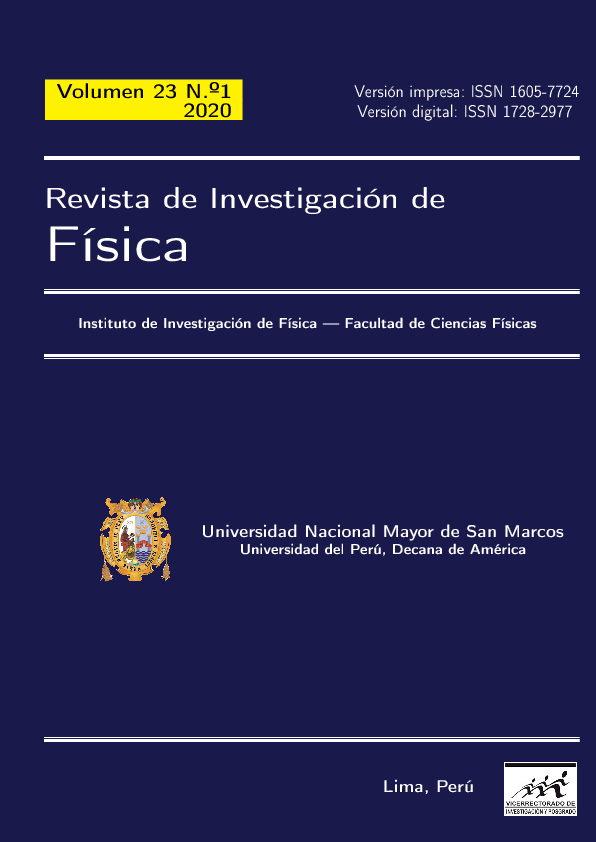Español
DOI:
https://doi.org/10.15381/rif.v23i1.20286Keywords:
Water speed, temperature, wind, computational model, eutrophicationAbstract
The Inner Bay of Puno is located on Lake Titicaca in southern Peru, 2.6 m in average depth, 16.0 km in surface area. The mouth of the bay, populated by native reed beds, joins the Outer Bay through the north and south channels. The bay is an example of the negative impact of humans, where they discharge poorly treated wastewater, producing an increase in algal biomass, eutrophication and anoxia. The objective was to estimate the direction and magnitude of the speed of the water current, on an hourly scale controlled by relevant physical processes, between January 23 and 30, 2019. We collected meteorological data, depth and temperature of the water. We performed computational experiments using the ELCOM lake model. The rst scenario considered the closed bay, and as a result presented counterclockwise rotational ow in the north and clockwise in the south, with a speed that varied between 0.5 and 4.0 cm/s. The second scenario considered the entry and exit of water through the north and south channels, respectively, observing a ow from the north channel to the south channel, with a speed that varied between 20.0 and 50.0 cm/s.
Downloads
Published
Issue
Section
License
Copyright (c) 2020 César Aguirre, Julio Chicana, Marco Merma

This work is licensed under a Creative Commons Attribution-NonCommercial-ShareAlike 4.0 International License.
THE AUTHORS RETAIN THEIR RIGHTS:
a. The authors retain their trademark and patent rights, as well as any process or procedure described in the article.
b. The authors retain the right to share, copy, distribute, perform and publicly communicate the article published in the Revista de Investigación de Física (for example, place it in an institutional repository or publish it in a book), with an acknowledgment of its initial publication in the Revista de Investigación de Física.
c. The authors retain the right to make a subsequent publication of their work, to use the article or any part of it (for example: a compilation of their works, notes for conferences, thesis, or for a book), provided that they indicate the source. of publication (authors of the work, journal, volume, number and date).






